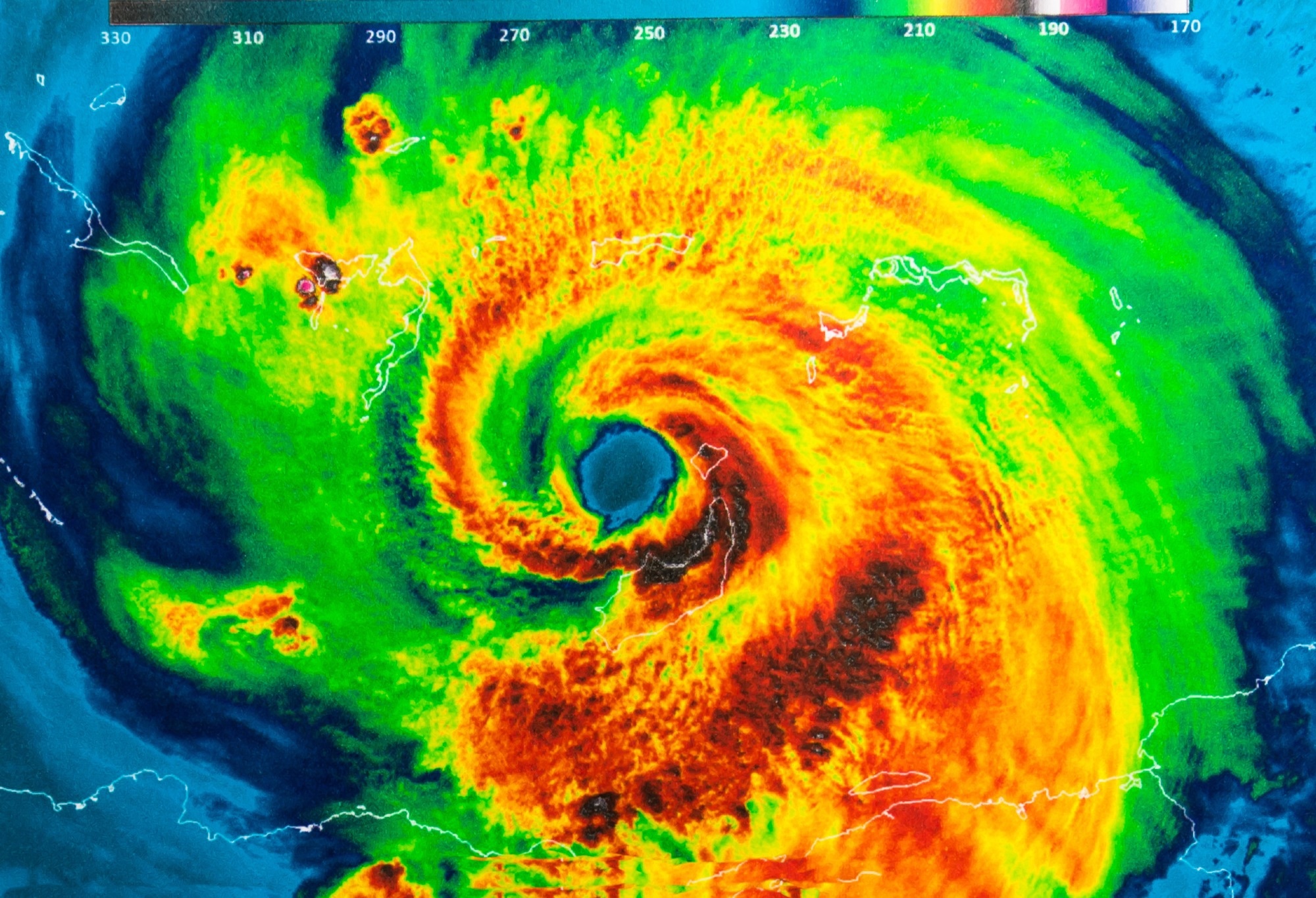A deep learning model trained on four decades of weather data is transforming hurricane science, giving forecasters sharper tools to spot storm-forming tropical waves and offering communities more time to prepare.

Research: Using Deep Learning to Identify Tropical Easterly Waves, the Intertropical Convergence Zone, and the Monsoon Trough. Image Credit: Trong Nguyen / Shutterstock
A research team led by a Ph.D. student at the University of Miami Rosenstiel School of Marine, Atmospheric, and Earth Science has developed a new artificial intelligence (AI) tool that can automatically identify and track tropical easterly waves (TEWs), clusters of clouds and wind that often develop into hurricanes, and separate them from two major tropical wind patterns: the Intertropical Convergence Zone (ITCZ) and the monsoon trough (MT).
AI tool for tracking tropical waves
"With this wave tracking tool, we have a new way to detect different patterns, and the types of systems that can grow into hurricanes," said Will Downs, a Ph.D. student in the Department of Atmospheric Sciences at the Rosenstiel School who led the development of the system. "It's one important step toward improving forecasts and giving communities more time to prepare."
The artificial intelligence (AI) model, created by Downs and his collaborators, addresses long-standing gaps in forecasting. Existing tools have struggled to track TEWs in regions like the Caribbean, and no automated method has existed to distinguish between the ITCZ and MT, until now.
How the model was developed
Using four decades of weather data from 1981 to 2023, Downs trained convolutional neural networks (CNNs)—a form of AI—to detect and differentiate these systems in real time. His model combines historical observations from the National Hurricane Center's (NHC) Tropical Analysis and Forecast Branch with reanalysis data of past weather and climate conditions.
Forecasters at the NHC now have real-time access to the wave tracker.
"It has captured the waves where they seem to be going, with remarkable accuracy so far," said Sharan Majumdar, a professor of atmospheric sciences at the Rosenstiel School and Downs' advisor. "The robust dataset it produces will help researchers more effectively study the behavior of these waves, from weak clusters of clouds to developing tropical cyclones."
The analysis also found that tropical waves in the Caribbean tend to be weaker than in the open Atlantic yet remain detectable with AI. It identified a westward expansion of the monsoon trough in the Atlantic over recent decades and shifts in the Pacific during strong El Niño events.
Background and collaboration
Downs' fascination with storms began in New Orleans during Hurricane Katrina, when his family evacuated to rural Louisiana. After Hurricane Isaac struck in 2012, he started tracking storms online, a passion that eventually led him to pursue a doctoral degree at the Rosenstiel School studying cyclogenesis, the process by which hurricanes form and intensify.
The project also benefited from collaboration with fellow atmospheric sciences Ph.D. student Aidan Mahoney, who interns at the NHC. "What started as a quick question about tropical wave analysis turned into many long discussions about the complexities of tropical wave dynamics," Mahoney said. "Will developed an expert understanding of the training data, which allowed him to create the best possible version of the tracker."
The study titled "Using Deep Learning to Identify Tropical Easterly Waves, the Intertropical Convergence Zone, and the Monsoon Trough" was published August 8, 2025, in the Monthly Weather Review of the American Meteorological Society.
National Science Foundation funded the research grants AGS-1747781 and AGS-2438140, a University of Miami Provost's Fellowship in Interdisciplinary Computing, and a University of Miami Fellowship.
Source:
Journal reference:
- Downs, W. B., S. J. Majumdar, and A. D. Mahoney, 2025: Using Deep Learning to Identify Tropical Easterly Waves, the Intertropical Convergence Zone, and the Monsoon Trough. Mon. Wea. Rev., 153, 1581–1604, DOI: 10.1175/MWR-D-24-0195.1, https://journals.ametsoc.org/configurable/content/journals$002fmwre$002f153$002f8$002fMWR-D-24-0195.1.xml